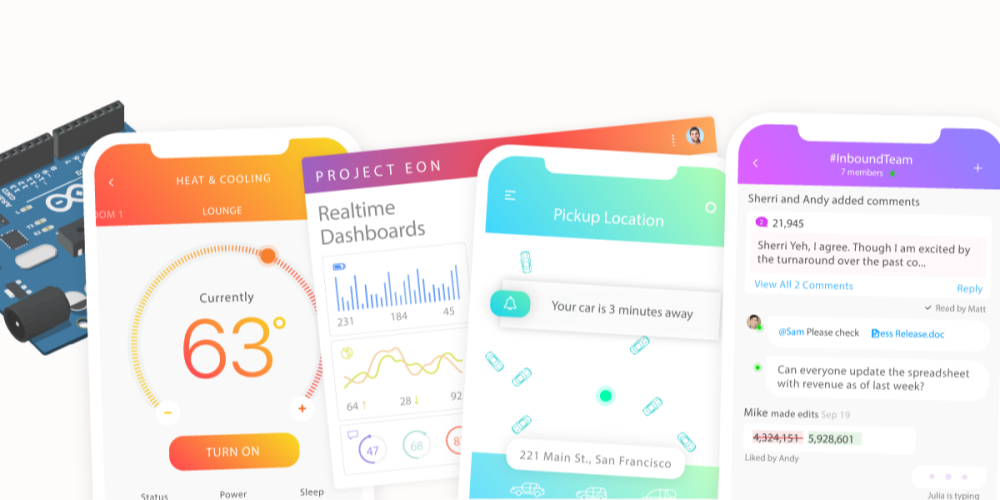What is Telemedicine?
Telemedicine is real-time and remote medical, diagnostic, and treatment of health and health-related services. Telemedicine allows patients to receive interactive medical care from anywhere with an internet connection - with no in-person visit needed. In the last few years, telemedicine usage has increased, and many medical providers recommend telemedicine visits when visiting a doctor’s office for clinical services is unnecessary.
Telemedicine is paving the way for a new world of innovative approaches to medicine. The rapid adoption of real-time communications technology by treatment providers has enabled new Telemedicine applications. Telehealth services include treatment services, giving medical advice, follow-up medical services, and transmitting medical information.
While telemedicine information technology can’t replace an urgent care visit for x-rays or radiology services, it offers many opportunities for other types of treatment. Other inventive applications in telemedicine include remote patient monitoring technologies. Technology like this might allow patients to monitor their blood sugar, blood pressure, chronic diseases, or other vital signs through mobile apps. Other typical applications are facilitating initial virtual visits with primary care providers and mental health consultations using real-time chat, voice calls, and live video conferencing. Office visits may now only be needed after a two-way consultation.
Telemedicine services have many benefits, and they directly improve public health. Telemedicine healthcare services improve access to quality care while presenting opportunities for healthcare providers to improve operational efficiency. In addition to eliminating wait times in a medical center, telehealth can transform the healthcare delivery system by reducing costs in the health system, improving patient health, enhancing medical education, enhancing the safety and effectiveness of care, and addressing health disparities. Telehealth also allows people who live in rural areas access healthcare consultations.
Our Telehealth chat demo shows how you could connect healthcare professionals with patients to provide patient care. This demo app could be used to deliver effective and safe remote treatment. The demo was written using PubNub’s React Chat Components, which are reusable, pre-built chat and UI elements that are efficiently integrated with your HIPAA-compliant healthcare chat app.
What is Protected Health Information (PHI)?
Patients must share sensitive information in telehealth applications. This information is referred to as protected health information (PHI). Any data created, transmitted, received, or stored electronically is considered electronically protected health information (ePHI). This includes text chats, voice chats, and video chats.
A patient’s real name displayed in a patient-doctor chat is even included at PHI. Contact information, patient addresses, and medical records also need protection. Unauthorized use or disclosure of PHI or ePHI by Covered Entities (including hospitals, doctors, and health insurance companies) and Business Associates (third parties such as billing services) brings the risk of severe civil and criminal penalties.
What is HIPPA? What is HIPPA Compliance?
In the United States, PHI and ePHI are controlled by HIPAA regulations. Any business that handles protected health information must comply with the terms of HIPAA. HIPPA lays out provisions that guide the secure development of apps for remote care. If you’re developing a telemedicine app that exchanges ePHI between patients and care professionals, HIPAA compliance is required to ensure the security and privacy of patient data.
HIPPA laws apply to any covered entities, including healthcare providers, health insurance plans, healthcare billing services and employers, and government agencies that enroll individuals in health plans (Medicare and Medicaid). Business associates must also adhere to HIPAA regulations.
Business associates include subcontractors and vendors who have PHI access. Some businesses associated with HIPPA include data storage and processing companies, medical equipment companies, consultants, transcription services, auditors, and accountants. All of these must follow HIPPA regulations.
Another requirement for any entirety covered by HIPPA is that if PHI data is breached, the entity responsible must notify the Department of Health and Human Services. It must disclose the nature of the breach, if PHI was viewed or obtained, and if the breach has been corrected.

